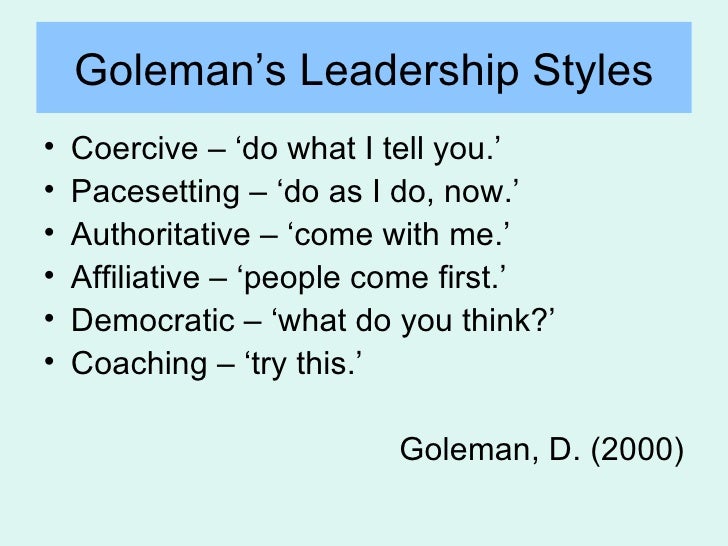In order to exercise effective influence, you have to take specific and suitable actions, depending on the situation. Let us say a meeting reaches a deadlock and nobody knows what to do, and your proposal from a new perspective ends the deadlock with everybody's approval. Then this means your new proposal has exercised an effective influence on the group at the time. In other words, you have effectively exercised leadership. As in this example, specific everyday actions of managers serve as the functions of leadership. There are roughly six functions of leadership for a manager; two superior oriented functions and four subordinate oriented functions.
Two functions of superior-oriented leadership
"Integration" function
This is a function aimed at assisting a superior by informing the superior of workplace information and understanding the superior's intention and point of view on common ground. In particular, typical actions which represent this function are: understanding the superior's intention, taking the superior's suggestions, and conveying subordinate's voices and workplace situation to the superior in a timely manner.
"Upward influence" function
This is a function to influence a superior by tossing one's own intention and point of view at the superior. In particular, typical actions which represent this function are: raising an issue or make a proposal to the superior, expressing an opinion on the current state or the future, and discussing the training of successors. The main actions of this function are the once driven by the manager's own initiative. The upward influence function is increasingly sought after by today's managers, but without the integration function, such actions tend to be one-sided or fruitless, so they will lose effective influence.
Four functions of subordinates oriented leadership
"Demand for results" function
This is a function to give subordinates work directives, and push them to achieve better effects and results. In Particular, typical actions which represents this function are: checking the quality of work done by subordinates, strictly demanding the attainment of goals, and asking subordinates to set higher goals.
The demand for result function aims at the attainment of corporate goals and is indispensable to a work group. However, emphasizing the demand for result function does not automatically improve productivity. This function produces its expected effect only when the other three subordinate oriented functions, introduced in the following section, are working effectively.
"Empathy function"
This is a function to give consideration to subordinates positions and feelings and support their actions. As a lubricant to integrate a workplace where different types of people work together, a manager is required to create friendly and warm human relations, support subordinates development, help them demonstrate their individuality and to have an empathic attitude in order to accomplish these tasks. In particular, typical actions which represents this function are: recognizing subordinates efforts as well as their results, understanding subordinates feelings and treating them with empathy when they failed, and listening to subordinates opinion without prejudice.
When the empathy function is fully used, trusting relations will be forged and an open environment will be created in the workplace. However, since this is not a function to directly motivate subordinates to work harder, it is difficult to expect high performance from the empathy function alone. In this sense, the empathy function acts as a catalyst for the previous demand for result function to work smoothly.
"Share-meaning" function
This is a function to determine the positioning of and creation of meaning for subordinates tasks through providing the information necessary for carrying out the tasks and communicating the intentions of top management and of the manager. In particular, typical actions which represents this function are: communicating the situation which the entire company is in, explaining policies and plans, and clearly defining the positioning of tasks. For the share meaning function, in addition to simply providing information it is important for the manager to be understand and accepted by the subordinates. Only when the manager is understood and the subordinates agree, can he or she and subordinates work together on common ground, and subordinates can be motivated to work harder on their own initiative.
"Reliability" function
A manager in a workplace cannot be created spontaneously. Therefore, for a manager to accomplish his or her role as a leader, he or she must earn people's trust and approval. The reliability function is closely related to the professional and management abilities of a manager. The manager must be trusted by subordinates and have self-confidence in his or her abilities to exercise leadership. In particular, typical actions which represents this function are: making decisions quickly, foreseeing the future and taking necessary measures, and making new proposals.






